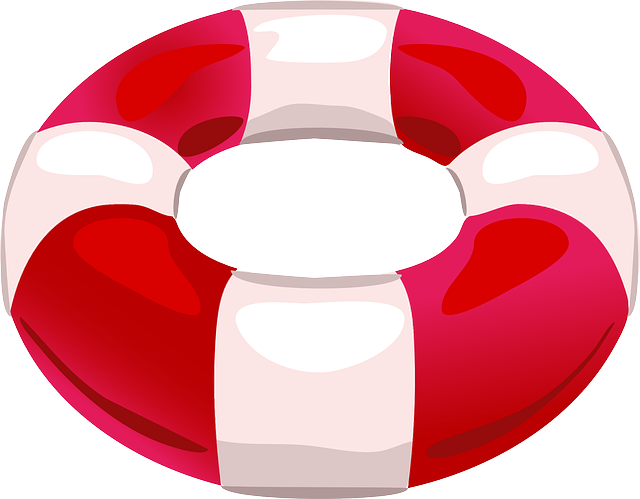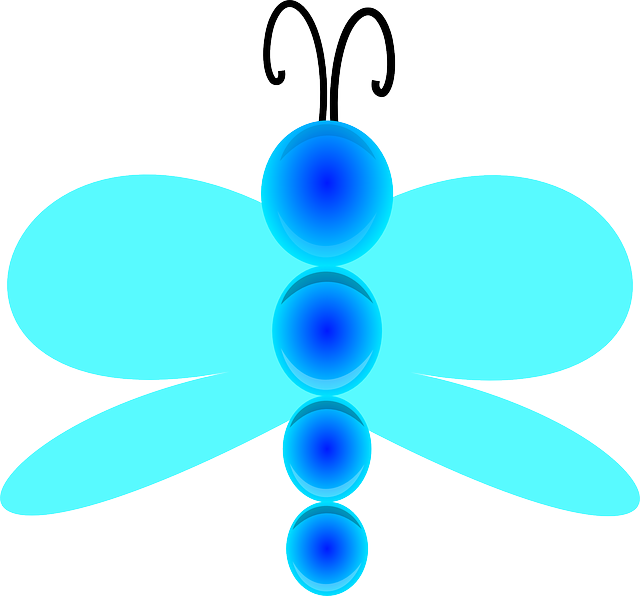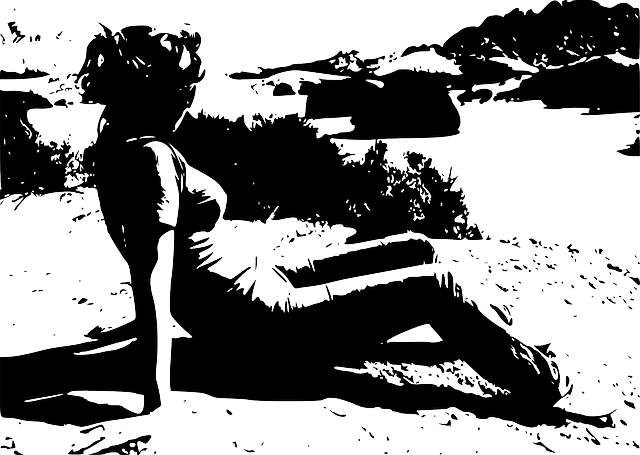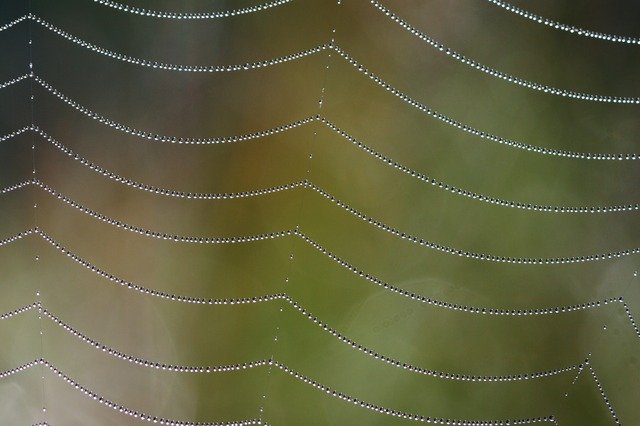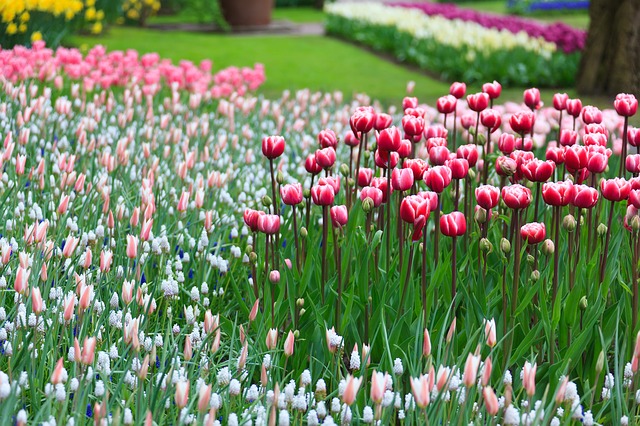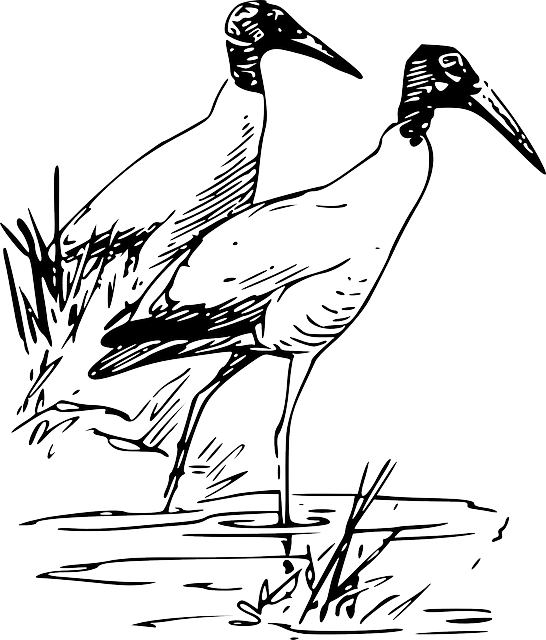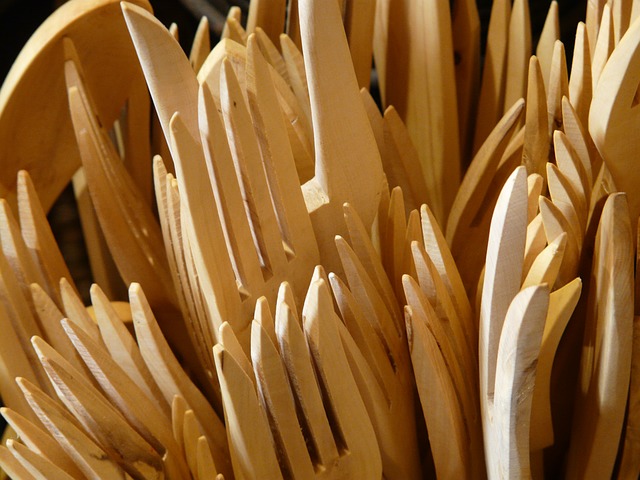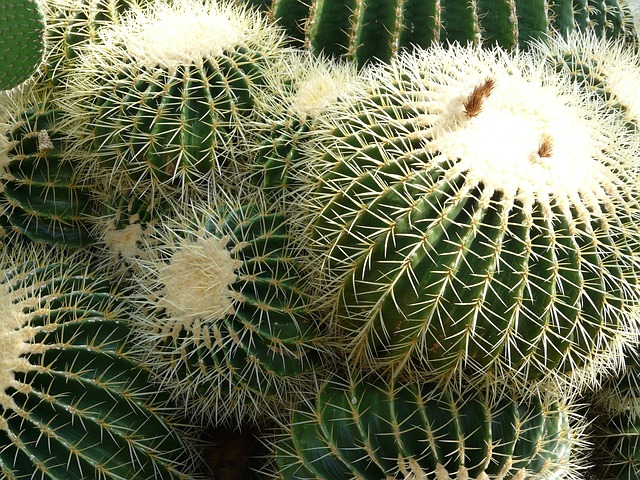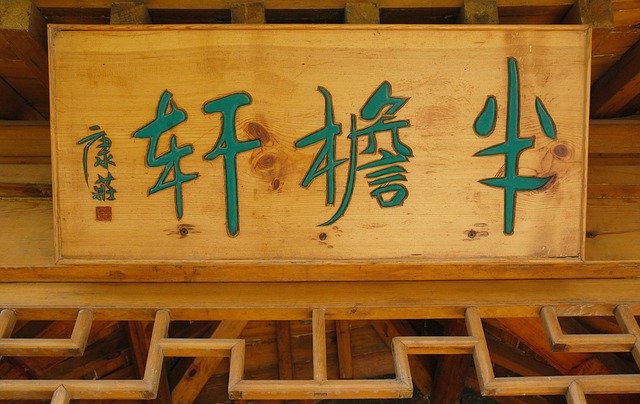قائمة النباتات السامة
أدناه هي قائمة واسعة النطاق ، وإذا كانت غير تامة ، وهى قائمة لنباتات تحتوى علىعناصر سامة وهى التي تشكل خطرا جديا من أمراض أوإصابات ، أوالموت للإنسان أوللحيوان.
النباتات السامة التى تستخدم كغذاء
تمتلك الكثير من النباتات المستخدمة كمواد غذائية على عناصر سامة ، ما لم يتم معالجة سميتها, أوسامة في مراحل معينة من تطورها. الأمثلة البارزة تضم:
- |التفاح (Malus domestica). البذور تحتوى سيانوجليكوسيدات وفي أغلب الأنواع, فإن الكمية الموجودة في ثمرة فاكهة واحدة لن تقتل رجلا ; ولكن من الممكن إبتلاع بذورا بما يكفي لتوفير جرعة قاتلة.
- |كاسافا (Manihot esculenta) وهى سامة في شكلها الغير مجهز.
- | الكرز (Prunus cerasus), فضلا عن الأنواع الأخرى(Prunus spp) مثل الخوخ (Prunus persica), البرقوق (Prunus domestica), اللوز (Prunus dulcis), والمشمش (Prunus armeniaca). الأوراق والبذور تحتوى عناصر منتجة للسيانوجليكوسايدات .
- |الشيكولاته. تحتوى الثيوبرومين بمستويات سامة للكلاب والقطط.
- | البازلا الهندي (Lathyrus sativus). وهى بقلة تغرس في آسيا وشرق أفريقيا تؤمن محصولا لاستخدامها خلال المجاعات. تحتوى oxalyl-L-α,β-diaminopropionic acid (ODAP), وهى مادة سامة للجهاز العصبي يسبب الهزال والشلل إذا أكل على مدى فترة طويلة.
- |اللوبيا أو اللوبيا الشائعة (Phaseolus vulgaris). تحتوى علىlectin phytohaemagglutinin, والذي يسبب اضطراب في المعدة. وتزال سميتها من خلال الطهي الكامل.
- |جوزة الطيب (Myristica fragrans). تحتوى على myristicin ميريستيسين.
- |فاصوليا بيضاء أو
زبدة الفول (Phaseolus lunatus). الفول الخام تحتوي على كميات خطيرة من linamarin, وهوسيانوجليكوسيد مخلق سيانيدى جليكوسايد أوقلويد.
- | البصل والثوم. البصل والثوم (جنس البصليات) يحتوى على الثيوسلفات , الذى يعد ساما في الجرعات العالية بالنسبة للقطط والكلاب وبعض الحيوانات الأخرى.
- | البطاطس (Solanum tuberosum). أوراق الشجر الخضراء والدرنات تشوبها السمية , تحتوى على قلويدات سكرية تدعى solanine أوسولانين التى تتطور نتيجة التعرض للضوء.تسبب اضطرابات مكثفة في الجهاز الهضمي ، وأعراض عصبية, وبجرعات عالية بما فيه الكفاية تؤدى إلى الموت.
- |راوند (Rheum rhaponticum). أوراق نصلية, ولكن ليست سويقات (فهم النبات)| , تحتوى على أملاح حمض أوكساليك , تسبب إضطرابات كلوية , تقلصات, غيبوبة. ومن النادر حتى تؤدى للوفاة.
- |الطماطم أوالبندورة (Solanum lycopersicum). أوراق الشجر والكروم تحتوي قلويد سام الذى يتسبب في إثارة اضطراب الجهاز الهضمي والعصبي.
نباتات سامة أخرى
- |الأكونيتوم (الأكونيت, wolfsbane الولف سبان, monkshood والمنكس هود ) (Aconitum napellus). ويهجرز السم في القرون غير الناضجة والبذور والجذور ، ولكن جميع الأجزاء سامة. يتسبب في اضطراب الجهاز الهضمي, وإثارة الجهاز العصبى. وعصير النبات الموجود في جميع الأجزاء يعد قاتلا.
- Adenium obesum. يعهد أيضا Sabi Star, Kudu أوزهرة-الصحراء.النبات يفرز عصيرا شديد السمية الذى تستخدمه بعض القبائل ,مثل الآكى والهادزا في تنزانيا, لغمس رؤس السهام بها وتستخدم للصيد .
- Autumn crocus. الدرنات تكون سامة وتسبب الغثيان والتقيؤ والاسهال. ويمكن حتى تكون سامة.
- الأزالية. (Azalea ssp.) جميع أجزاء النبات سامة وتسبب الغثيان ، والتقيؤ ، والاكتئاب ، وصعوبات في التنفس ، غيبوبة.ونادرا ما تكون قاتلة.* Bittersweet nightshade (Solanum dulcamara). جميع الأجزاء سامة ،وتحتوي على solanine وتسبب التعب وتؤدى إلى الشلل والتشنجات ، والإسهال. ونادرا ما تكون قاتلة.
- القلب الدامى (Dicentra cucullaria)/Dutchman's breeches. الأوراق والجذور سامة وتسبب تشنجات عصبية وغيرها من الأعراض.
- الجراد الأسود. السنفات سامة..
- عنب الديب (Solanum nigrum). جميع أجزاء النبات عدا الثمرةالناضجة تحتوى على العنصر السام القلويد السكري سولانين.
- الطحلب الأزرق-الأخضر (Anacystis cynea وAnabaena circinalis)
- Angel's Trumpet (Brugmansia). جميع أجزاء النبات يحتوي على قلويدات tropane [[scopolamine والأتروبين. يؤدى إلى الوفاة في غالب الأحيان.
- 'Caladium / أذن الفيل. 'جميع أجزاء النبات سامة. الأعراض عادة تكون تهيجا وآلآم ، وتورم بالأنسجة. إذا كان الفم أواللسان متضخمين ، قد قد يحث إنسداد تنفسى يعد قاتلا.
- نبات زيت الخروع (Ricinus communis). سموم نباتية ricin, وهويعد بروتين شديد السمية قابل للذوبان في الماء, وهومركز في البذور. ويتواجد أيضا ricinine, وهوقلويد, وزيت يسبب تهيجا شديدا. يسبب حرقانا في الفم والبعوم, وتقلصات ,ويعد قاتلا .
- Cerbera odollam.يعهد بالعامية الشجرة الانتحارية ، والجوز يحتوي cerberin ، الذي يوقف القلب.
- العشب الخشن (Xanthium spp.). الشتلات والبذور السامة للماشية.
- النرجس البري (نبات) (نرجس (جنس)). والمكورات تكون سامة وتسبب الغثيان والتقيؤ والاسهال. يمكن حتى تكون قاتلة. السيقان أيضا يمكن حتى تسبب الصداع ، والتقيؤ ، وعدم وضوح الرؤية.
- ( النوع)دافني ( دافني.). والتوت (إما أحمر أوأصفر) وهوسام ، مما يتسبب في حروق في الفم والجهاز الهضمي ، تعقبه الغيبوبة. وغالبا ماقد يكون قاتلا.
- Darnel /زوان (نبات)(Lolium temulentum). ويمكن للبذور وحاملات البذور حتى تحمل من هذه الفصيلة المشهجرة للنباتات والأعشاب الضارة تحتوي على قلويدات تيميولين وليليوين . وبعض فهماء النبات يشيرون إلى الفطر إرجوت أوالفطريات أومن جنس endoconidium, وكلاهما ينموعلى الرؤس حاملة بذور الأعشاب الجاودار ، ومصدرا إضافيا للسمية.
- داتورا / nightshade. تحتوى على قلويدات سكوبولامين وأتروبين. وقد استخدمت الداتورة كنبات وعقار للهلوسة من قبل السكان الأصليين للأميريكتين وبعض المناطق الأخرى. الجرعات غير السليمة يمكن حتى تؤدى إلى الوفاة.
- نايت شيد القاتل ( السيدة الجميلة). جميع أجزاء النبات سامة تحتوي على قلويد الأتروبين. والنباتات الصغيرة والبذور السامة وخاصة ، مما تسبب الغثيان وتشنجات العضلات ، والشلل ، في كثير من الأحيان تؤدى إلى الوفاة.
- Deathcamas / black snakeroot. * جميع أجزاء النبات سامة ، مما تسبب الغثيان واضطراب شديد.
- الدلفينيون. يحتوي على قلويدات delsoline. النباتات والبذور والشباب السامة ، مما تسبب الغثيان وتشنجات العضلات ، والشلل ، وقاتل كثير من الأحيان.
- Doll's eyes.التوت قد يكون ساما للغاية ، وكذلك جميع أجزاء النبات الأخرى.
- Dumbcane / dieffenbachia. جميع الأجزاء السامة ، مما تسبب في حرق شديد ، وتهيج ، والجمود في اللسان والفم والحلق. يمكن حتى تكون شديدة تورم كاف لاعاقة التنفس ، مما يؤدي إلى الموت.
- Elderberry. The roots are considered poisonous and cause nausea and digestive upset.
- European Holly (Ilex aquifolium). The berries cause gastroenteritis.
- foxglove (Digitalis purpurea). The leaves, seeds, and flowers are poisonous, containing cardiac or other steroid glycosides. These cause irregular heartbeat, general digestive upset, and confusion. Can be fatal.
- Giant hogweed is a phototoxic plant. Its sap can cause phytophotodermatitis (severe skin inflammations) when the skin is exposed to sunlight or to UV-rays. Initially the skin colours red and starts itching. Then blisters form as in burns within 48 hours. They form black or purplish scars, which can last several years. Hospitalisation may become necessary. Presence of minute amounts of sap in the eyes can lead to temporary or even permanent blindness.
- Gifblaar (Dichapetalum cymosum). Well-known as a livestock poison in South Africa; this plant contains the metabolic poison fluoroacetic acid.
- hemlock (Conium maculatum). All parts of the plant contain the relatively simple alkaloid coniine which causes stomach pains, vomiting, and progressive paralysis of the central nervous system. Can be fatal; it is the poison that killed Socrates. Not to be confused with hemlock trees (Tsuga spp), which are not edible but are not nearly as toxic as the herbaceous plant Conium.
- Hemlock water-dropwort (Oenanthe crocata). Carrot-like roots poisonous to livestock.
- henbane. Seeds and foliage poisonous.
- Horse-chestnut. All parts of the plant are poisonous, causing nausea, muscle twitches, and sometimes paralysis.
- Ivy. (Hedera helix)The leaves and berries are poisonous, causing stomach pains, labored breathing, possible coma.
- Holly. Berries cause vomiting, nausea, and diarrhea.
- Hyacinth. The bulbs are poisonous, causing nausea, vomiting, gasping, convulsions, and possibly death.
- Jequirity. The seed is highly poisonous.
- Jerusalem cherry. (Solanum ssp.). All parts, especially the berries, are poisonous, causing nausea and vomiting. It is occasionally fatal, especially to children.
- Jimson weed / datura / thorn apple / stinkweed / Jamestown weed (Datura stramonium). All parts of the plant are poisonous, causing abnormal thirst, vision distortions, delirium, incoherence, coma. Often fatal. A significant grazing livestock poison in North America.
- Laburnum. All parts, especially the seeds, are poisonous, causing excitement, staggering, convulsions, coma; occasionally fatal.
- larkspur (both Delphinium and Consolida spp). Young plants and seeds are poisonous, causing nausea, muscle twitches, paralysis. Often fatal.
- Lilies. Most are poisonous, especially to cats.
- Manchineel (Hippomane mancinella). All parts of this tree, including the fruit, contain toxic phorbol esters typical of the Euphorbiaceae.
- Mayapple (Podophyllum peltatum). Green portions of the plant, unripe fruit, and especially the rhizome contain the non-alkaloid toxin podophyllotoxin, which causes diarrhea, severe digestive upset.
- Monkshood. All parts of the plant are highly poisonous. Ancient warriors used it to poison their enemies' water supplies. Used in the past for killing wolves. Causes burning, tingling, and numbness in the mouth, then the intestine, followed by vomiting; death by asphyxiation.
- Moonseed. The fruits and seeds are poisonous, causing nausea and vomiting. Often fatal.
- Mother of Millions (Kalanchoe tubiflora). These plants are deadly to livestock, and there is every indication that they are toxic to humans.
- Mountain Laurel (Kalmia latifolia). All parts of the plants are poisonous.
- Oak. (Quercus ssp). Most species' foliage and acorns are mildly poisonous, causing digestive upset, heart trouble, contact dermatitis. Rarely fatal. Consumed, after proper processing, as a staple in many parts of the world.
- Oleander (Nerium oleander). All parts are toxic, containing nerioside, oleandroside, saponins, and cardiac glycosides, but especially the leaves and woody stems. They cause severe digestive upset, heart trouble, contact dermatitis. Very toxic. The smoke of burning oleander can cause reactions in the lungs, and can be fatal.
- Ongaonga (Urtica ferox). Even the lightest touch can result in a painful sting that lasts several days.
- Physostigma venenosum. The famous ordeal beans contain the alkaloid physostigmine.
- Poison ivy (Toxicodendron radicans), Poison-oak (T. diversilobum), and Poison sumac (T. vernix). All parts of these plants contain a highly irritating oil with urushiol (actually not a poison, but an allergen). Skin reactions can include blisters and rashes. It spreads readily to clothes and back again, and has a very long life. Infections can follow scratching. As stated, this is an allergen, and the toxin will not affect certain people. The smoke of burning poison ivy can cause reactions in the lungs, and can be fatal.
- Pokeweed (Phytolacca sp.). Leaves, berries and roots contain phytolaccatoxin and phytolaccigenin. Toxin in young leaves is reduced with each boiling and draining.
- Privet (Ligustrum sp.). Berries and leaves are poisonous. Berries contain ligustrin and syringin, which cause digestive disturbances, nervous symptoms. Can be fatal.
- Rhus lancia | African sumac (Rhus lancia). Closely related to posion ivy, all parts of this tree contain low levels of a highly irritating oil with urushiol (actually not a poison, but an allergen). Skin reactions can include blisters and rashes. It spreads readily to clothes and back again, and has a very long life. Infections can follow scratching. As stated, this is an allergen, and the toxin will not affect certain people. The smoke of burning rhus lancia can cause reactions in the lungs, and can be fatal.
- Stinging Tree (Dendrocnide excelsa, Stinging tree) and similar species. The plant is capable of inflicting a painful sting when touched. The stinging may last for several days and is exacerbated by touching, rubbing, and cold. Can be fatal.
- Strychnine Tree (Strychnos nux-vomica). The seeds of the strychnine tree usually contain about 1.5% strychnine, an extremely bitter and deadly alkaloid. This substance throws a human into intense muscle convulsions and usually kills within three hours. The bark of the tree may also contain brucine, another dangerous chemical.
- Water hemlock (Cicuta sp.). The root, when freshly pulled out of the ground, is extremely poisonous and contains the toxin Cicutoxin. When dried, poison is reduced to roughly ثلاثة toخمسة percent of that when fresh.
- White Snakeroot (Ageratina altissima) All parts are poisonous, causing nausea and vomiting. Often fatal. Milk from cattle that have eaten white snakeroot can sicken, or kill, humans (milk sickness).
- Yellow Jessamine. All parts are poisonous, causing nausea and vomiting. Often fatal. It is possible to become ill from ingesting honey made from jessamine nectar.
- Yew (Taxus baccata). Nearly all parts of the Yew contain toxic taxanes, except the red fleshy aril surrounding the toxic seeds. Yew seeds are especially toxic if chewed. Several people have committed suicide by ingesting leaves and seeds.
- Zantedeschia aethiopica (Lily of the Nile or Calla lily) Zantedeschia is highly toxic and may be fatal if eaten.
هوامش
- Poinsettias (Euphorbia pulcherrima) Notable for not being poisonous, despite persistent beliefs to the contrary, although it may cause upset stomach. It should be noted however that all Euphorbia contain latex which can cause rashes on sensitive skin or eye tissues. The National Capital Poison Center lists Poinsettia as non-poisonous, but it may cause irritation.
انظر أيضا
- List of plants poisonous to equines
- Poisonous Mushrooms
- سم
- Psychedelic plants
- Toxin
- Weed
المصادر
- ^ http://dnr.metrokc.gov/wlr/LANDS/Weeds/nightshade.pdf, King County Natural Resources and Parks Noxious Weed Control program
- ^ Erowid Datura Vault
- ^ http://www.rhs.org.uk/research/horticultural_themes/hazardous_list.asp, Royal Horticultural Society
-
^ Hook, Ingrid (1999-11). "Seasonal variation of neutral and basic taxoid contents in shoots of European Yew (Taxus baccata)". Phytochemistry. 52 (6): 1041–1045. doi:10.1016/S0031-9422(99)00264-2. Retrieved 2009-08-01. Unknown parameter
|coauthors=ignored (|author=suggested) (help); Check date values in:|date=(help) -
^ Appendino, Giovanni (1993-04-01). "Taxanes from the Seeds of Taxus baccata". Journal of Natural Products. 56 (4): 514–520. doi:10.1021/np50094a010. Retrieved 2009-08-01. Unknown parameter
|coauthors=ignored (|author=suggested) (help) -
^ Kwak, Sang-Soo (1995-09). "Taxol content in the seeds of Taxus SPP". Phytochemistry. 40 (1): 29–32. doi:10.1016/0031-9422(95)00247-5. Retrieved 2009-08-01. Unknown parameter
|coauthors=ignored (|author=suggested) (help); Check date values in:|date=(help) - ^ Lakeman, Geoffrey (2005-10-15). "Suicide by eating yew tree leaves". Mirror.
- ^ Daily Mail Reporter (2008-11-25). "Businessman committed suicide by eating graveyard yew seeds after losing his wife and company". Dailymail.
- ^ Poinsetting It Out
وصلات خارجية
- Plants that are toxic to pets
- Herbarium of toxic plants
- US Army: Guide to poisonous and toxic plants
- Cornell University Poisonous Plants Information Database


